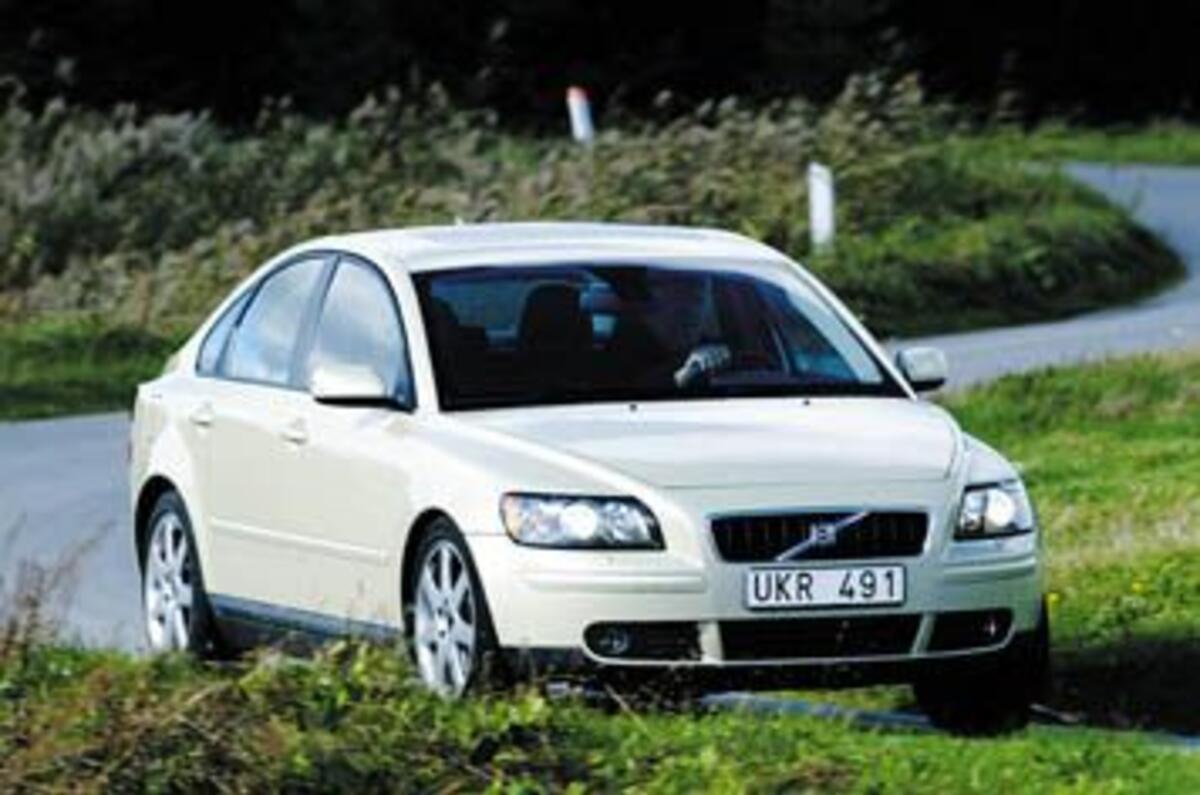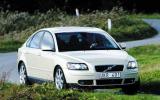Among Volvo lovers and car enthusiasts generally, the wait for this latest S40 has been a matter of rising impatience. Because the Swedes have always produced such crummy cars in the Focus-Golf category – alongside some better ones further up the range – we were all desperate to know if, at last, they could make a decent small family car.
Why should it be different now? Because Volvo has been lifting its game. When Ford acquired the company at the end of the ’90s, the parent group was already on course to improve the spirit, road ability and enthusiast appeal of every one of its cars, and it made no bones that future Volvos would follow the same path. When it became known a year ago that the new S40, while retaining a Volvo persona, would benefit from components developed for, and lessons learned from, the class-leading Ford Focus, enthusiasts began to have hopes. And Volvo did nothing to dampen them.
It’s an interesting fact about the new S40 that while its dynamics are much improved, this is not the most striking thing. What impressed me was that while the entire dynamic package – steering, ride, balance, handling and roadholding – was miles better than any predecessor, the car still manages to feel like a typical Volvo. It has that refined, secure, long-legged, slightly cosseting ‘big-car’ feel of, say, a V70. While feeling nothing like a Ford Focus anywhere. The big-car thing is important to Volvo and indeed, the new S40 is a big car. It just comes in a compact package.
In fact, the S40 is about two inches (48mm) shorter than its predecessor, although you wouldn’t perceive it immediately. The cab-forward design, the long wheelbase and the typical Volvo rear shoulders give the S40 a tougher, more impressive shape than its slightly doughy predecessor. This latest car is also about two inches higher, as well as being two inches wider in the body and tracks.
Although this is the first true Volvo rival to the established premium hatches such as Audi’s A3 and BMW’s 3-series Compact, it may even encroach into lower-level A4 and 3-series territory – Volvo’s natural rival, the S60, has always felt too large to be a direct competitor. Such is Volvo’s confidence on this score, that prices are likely to be hiked further into premium territory (UK prices won’t be available for another two months), taking good care to boost basic equipment at the same time.
Though shorter overall than before, the S40’s cabin is bigger in every practical sense. The extra wheelbase, cabin height and width all contribute, making this the first small Volvo in which a decent-sized adult can sit comfortably in the rear seat behind a tall driver. The short-nosed cab-forward design is made possible by two particular technical innovations: improved crash structures and ultra-compact five-cylinder transversely mounted engines, allowing extra crumple space in crashes.
At launch, the S40 comes with a choice of four engines: three five-cylinder petrols (2.4-litre/140bhp, 2.4/170bhp and 2.5-litre turbo T5/220bhp) and a four-cylinder common-rail turbodiesel (2.0-litre/136bhp); the latter a product of the increasingly fruitful Ford-Peugeot engine co-operation. A 1.8-litre petrol four with 120bhp is coming in the spring, and a pair of 1.6-litre fours (the Focus’s ubiquitous 100bhp petrol unit and a 110bhp turbodiesel) will follow in the autumn.
The launch models will be front-wheel drive, although the T5 will be available later with a four-wheel-drive system similar to that offered in the S60 in some markets. As standard, the T5 petrol turbo and the turbodiesel engines get six-speed gearboxes; the rest are five-speeders. There is also an optional five-speed automatic.




















Add your comment